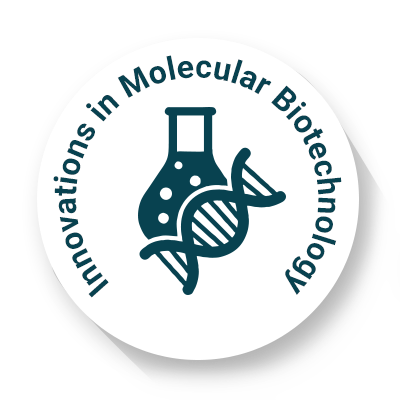
Innovations in Molecular Biotechnology
OPEN ACCESS

OPEN ACCESS

Next-Generation Sequencing (NGS) has revolutionized genomics by offering high- throughout, rapid, and cost-effective methods for decoding entire genomes with unknown accuracy. This transformative technology has surpassed traditional sequencing approaches, enabling large- scale studies in different fields similar as mortal health, agriculture, and environmental science. Over the once two decades, nonstop advancements in NGS platforms have bettered read length, accuracy, and speed while reducing costs, making sequencing accessible to a wider range of researchers. Major technological milestones include the development of Illumina sequencing, single- molecule real-time (SMRT) sequencing by PacBio, and nanopore sequencing by Oxford Nanopore Technologies, each with unique capabilities and operations. NGS has driven significant progress in individualized drug, especially in cancer genomics and rare disease diagnosis, by easing precise detection of inheritable variations and practicable mutations. Also, it has converted microbial genomics, enabling comprehensive metagenomic analyses and pathogen surveillance. Despite these advances, challenges remain in terms of data management, interpretation, and scalability for clinical use. Arising trends, similar asultra-fast movable sequencers and integration with artificial intelligence, pledge to further enhance the capabilities of NGS.